Escient Financial's Evidence-Based Investment Insights
Welcome to the next installment of Escient Financial’s Evidence-Based Investment Insights: The Business of Investing.
The last piece, “Get Along, Little Market,” wrapped up a discussion about the benefits of diversifying your investments to minimize avoidable risks, manage the unavoidable ones expected to generate long-term market returns, and better tolerate market volatility along the way. The next step is to understand how to build your diversified portfolio for effectively capturing those expected returns. This in turn calls for understanding why we can expect investment returns to begin with.
With all the excitement over stocks and bonds, and their ups and downs in headline news, there is a key concept often overlooked: Market returns are compensation for providing the financial capital that feeds the human enterprise going on all around us, all the time.
When you buy a stock or a bond, your capital is ultimately put to hard work by businesses or agencies who expect to succeed at whatever it is they are doing, whether it’s growing oranges, running a hospital, or selling virtual cloud storage. You, in turn, are not giving your money away. You mean to receive your capital back, and then some.
Investor Returns vs. Company Profits
A company hopes to generate profits. A government agency hopes to complete its work with budget to spare. Investors hope to earn generous returns. You would think that, when a company or agency succeeds, its investors would too. But actually, a company’s or agency’s success is only one factor, at best, among many others that influence its investors’ expected returns.
At first, this seems counterintuitive. It means, for example, that even if business is booming, you cannot necessarily expect to reap the rewards simply by buying stock in that same, booming company. (As we’ve covered before, by the time good or bad news is apparent, it’s already reflected in higher-priced share prices, with less room for future growth.)
The Fascinating Facts About Market Returns
So what does drive expected returns? There are a number of factors involved, but some of the most powerful ones spring from those unavoidable market-related risks we introduced earlier. As an investor, you can expect to be rewarded for accepting the market risks that remain after you have diversified away the avoidable, concentrated ones.
Consider two of the broadest market factors: stocks (equities) and bonds (fixed income). Most investors start by deciding what percentage of their portfolio to allocate to each. Regardless of the split, you are still expecting to be compensated for all of the capital you have put to work in the market. So why does the allocation matter?
When you buy a bond...
- You are lending money to a business or government agency, with no ownership stake.
- Your returns come from interest paid on your loan.
- If a business or agency defaults on its bond, you are closer to the front of the line of creditors to be repaid with any remaining capital.
When you buy a stock...
- You become a co-owner in the business, with voting rights at shareholder meetings.
- Your returns come from increased share prices and/or dividends.
- If a company goes bankrupt, you are closer to the end of the line of creditors to be repaid.
In short, stock owners face higher odds that they may not receive an expected return, or may even lose their investment. There are exceptions. A junk bond in a dicey venture may well be as risky as any stock holding. But this is why stocks are generally considered riskier than bonds and have generally delivered higher returns than bonds over time.
This outperformance of stocks is called the equity premium. The precise amount of the premium and how long it takes to be realized is far from a sure bet. That’s where the risk comes in. But viewing stock-versus-bond performance in a line chart over time, it’s easy to see that stock returns have handily pulled ahead of bonds over the long-run... but also have exhibited a bumpier ride along the way. Higher risks AND higher returns show up in the results.
Your Take-Home
Exposure to market risk has long been among the most important factors contributing to premium returns. At the same time, ongoing academic inquiry indicates that there are additional factors contributing to premium returns. The next post will explore market factors and expected returns and why an evidence-based approach is so critical to that exploration.
In the meantime, feel free to...
This content is developed from sources believed to be providing accurate information. The information in this material is not intended as investment, tax, or legal advice. It may not be used for the purpose of avoiding any federal tax penalties. Please consult legal or tax professionals for specific information regarding your individual situation. The opinions expressed and material provided are for general information, and should not be considered a solicitation for the purchase or sale of any security. Digital assets and cryptocurrencies are highly volatile and could present an increased risk to an investors portfolio. The future of digital assets and cryptocurrencies is uncertain and highly speculative and should be considered only by investors willing and able to take on the risk and potentially endure substantial loss. Nothing in this content is to be considered advice to purchase or invest in digital assets or cryptocurrencies.
Enjoying Escient Financial’s Insights?
The weekly newsletter is usually delivered to your email inbox Friday or Saturday, and includes:
- the latest Escient Financial Insights articles
- a brief of the week's important news regarding the markets
- recommended third-party reads
- selected Picture of the Week
Escient Financial does NOT sell subscriber information. Your name, email address, and phone number will be kept private.

















